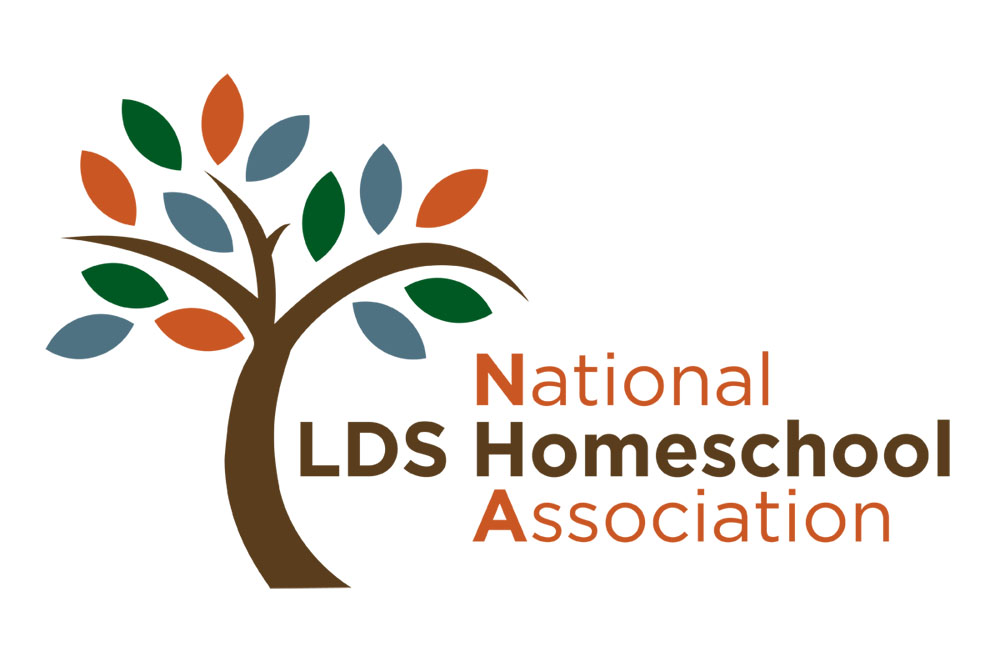Is This Just One More Thing to Worry About?
“Chris, will you please stop tapping the table with your pencil and focus?” “Chris, will you please be still and listen to the story I’m reading?” “Chris, how is it that you can tell me what we just learned but can’t write it down?” “Chris, you just spelled those words correctly yesterday. How did you forget those already?”
Sound familiar or do some other comments of your own come to mind? Being a home school mom is intimidating for some of us and when things don’t go as perfectly as we first imagined in our minds, it’s easy to say, “It just didn’t work out” and quit. There are a myriad of difficulties we may find ourselves in but I would like to address just one – learning styles. If we can figure out our children’s learning style, we can discover fun and creative ways to help our children learn more efficiently.
There are 3 main types of learning styles: Visual, Auditory and Tactile-Kinesthetic.
Most of us use all of the learning styles at least a little, not just one exclusively. The type of activity we are doing can determine which style we use. For example, we may prefer to visually see the correct spelling of a word instead of “sounding it out” and yet also prefer to get a lot of hands on experience during a science lesson instead of reading about it. There are several free online tests to help determine learning style preference and once that is discovered, the following may be helpful for you and your children.
Visual Learners
Visual learners make up about 65% of the population and recall information best by seeing. Viewing books, notes, diagrams, maps, graphs, flashcards, and using highlighters and charts makes it easier for them to process and remember information. They can even remember where information was located on a page and can recall it better if they copy the information again. Since they get distracted easily with visual movement, they need a quiet place to study. They also tend to be good spellers (because they can remember what it looked like). If they need directions to a place, they need them written down or have a map. If they are listening to a long lecture or to someone reading a book, they tend to wander off in their minds unless they can read along with some notes or with the book.
Auditory Learners
Auditory learners make up about 30% of the population and best learn information through the sense of hearing. They tend to be the talkative ones in class (yes, they even like to hear themselves) and enjoy discussions and debates. They prefer to hear oral instructions instead of reading them and also prefer to do oral tests instead of written tests. Listening to an audio book or reading aloud can really be fun for them. They also need a quiet place to study since noise will easily distract them. Instead of a map, they just need to hear the directions and they’ll remember them. They don’t mind a lecture as long as it’s not too long or they’ll start talking to their neighbor because they’d rather discuss it.
Tactile-Kinesthetic Learners
Tactile-Kinesthetic Learners make up about 5% of the population and absorb information best by doing. It’s interesting to know that all young children are kinesthetic learners. Visual and auditory preferences emerge later. Chris is a kinesthetic learner. He performed well on spelling tests orally while doing cartwheels rather than writing on paper. Kinesthetic learners tend to be weak in spelling but they can use spell check! Chris rolled around turning somersaults as I read a book aloud, but surprisingly could recall details and characters in the story. Movement helps these kids learn. They prefer to get their hands on something to manipulate and figure out so they can understand it better. Since they need to move, it’s not too surprising that these kids tend to be thought of as hyperactive. Can you imagine this child sitting through a long lecture? Instead of a quiet learning environment, they may enjoy soft music in the background as well as tapping their pencil on the table constantly! They may even prefer lying on the floor to learn instead of sitting in a chair.
- For visual learners: Fill their world with things to see! Have them draw or write down notes, watch documentaries, do brain puzzles like Sodoku, put things in sequential order, compare, contrast and classify things.
- For auditory learners: Fill their world with wonderful educational noise! Play music, find books on tape with great narrators, have great discussions with them, put facts to lyrics to memorize, or have them record their notes so they can hear them.
- For kinesthetic learners: Fill their world with everything! Give them math manipulatives, let them dance to classical music to “feel” it as well as hear it, have them do science experiments first and then explain what happened, have them act out a story in history, give them an old appliance to take apart and put back together.
Experiment and ask your children their preferences and enjoy the journey of personalizing their education. Thankfully, I learned about the learning styles while Chris was still young and realized that his tapping, constant movement and talking was his way of learning and that it actually helped him. It drove me crazy because I’m a visual learner and all the visual distractions seemed to contradict with how I would learn. But it worked for him. If you’re finding yourself being frustrated as a home school mom, consider researching further about learning styles and maybe this one more thing to worry about will eliminate a lot of exasperation.



